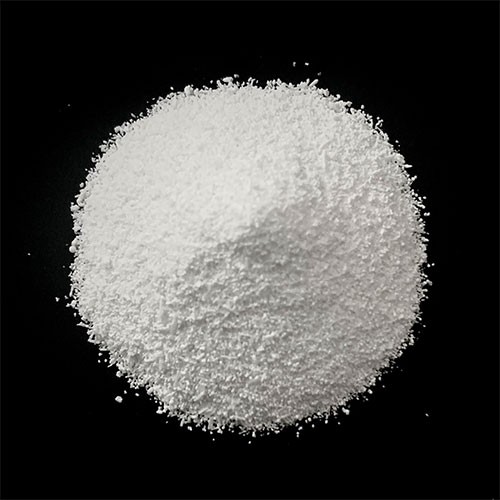MAP - Fully Soluble
Monoammonium Phosphate (MAP) is a widely used fertilizer that provides essential phosphorus (P) and nitrogen (N) to plants. It is made by reacting ammonia (NH₃) and phosphoric acid (H₃PO₄), resulting in a highly soluble compound that supports plant growth.
- Contains high concentration of both phosphorus and nitrogen.
- Acidic effect which reduces the need for using micronutrients fertilizers.
- Boosting rooting and improve flowering.
- Increase tillering in grain crops
- Leading to early maturity and Productivity
Agricultural Use:
MAP is commonly applied in granular form beneath the soil surface or spread across fields. It
helps in root development, flowering, and overall plant health. Due to its acidic nature, it is
particularly beneficial in high-pH soils where phosphorus availability is limited.
Other Applications:
Beyond agriculture, MAP is also used in fire extinguishers, industrial processes, and optics

General Information
| Property | Specification |
|---|---|
| Chemical Formula | Mono Ammonium Phosphate |
| Appearance | White Greenish Crystal |
Chemical and Physical Analysis
| Item | Unit | Specification | Test Method | Reference |
|---|---|---|---|---|
| N-NH₄ | % | Min. 11.80 | Kjeldahl | AOAC 920.03 |
| Phosphorus as (P₂O₅) | % | Min 59.80 | Spectrophotometer | AOAC 958.01 |
| pH (1 g/ 100 ml H₂O) | -- | 4 – 5 | pH meter | Internal |
| Solubility in H₂O at 25℃ | g/L | Min 350 | Solubility | Internal |
| Moisture Content | % | Max 1.00 | Oven | AOAC 950.01 |
| Insoluble Matter | % | Max 0.50 | Gravimetric | Internal |
Screen Analysis
| Particle Size | Specification | Test Method | Reference |
|---|---|---|---|
| > 2.0 mm | Max 5% | Dry Sieve Analysis | IFDC S-107 |
| < 2.0 mm | Min 95% | Dry Sieve Analysis | IFDC S-107 |